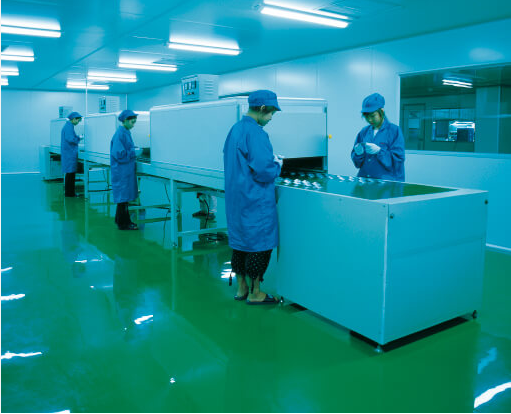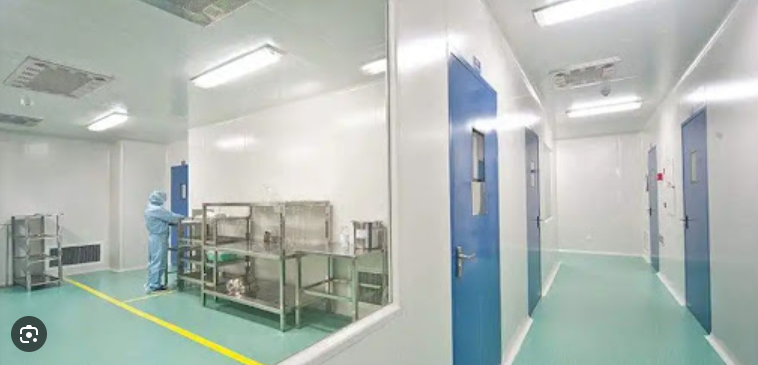The pharmaceutical factory floor paint is specifically designed for places with high requirements for cleanliness, aseptic environments, and chemical resistance, such as pharmaceuticals, biopharmaceuticals, and laboratories. It is a functional floor system. The following are detailed introductions to its key features and common types:

一. Core Requirements for Pharmaceutical Plant Flooring
Sterile Cleanliness: The surface is dense and poreless, preventing microbial growth, and conforms to GMP (Good Manufacturing Practice) standards. It is easy to clean and disinfect, and resistant to disinfectants such as alcohol and hydrogen peroxide.
Chemical (Chemical Resistance): Resistant to acids, alkalis, solvents, and chemical corrosion from medicinal solutions to prevent the flooring from being eroded and flaking off.
Abrasion and Impact Resistance: Capable of withstanding mechanical wear from equipment movement and personnel walking, extending the service life.
Anti-static Function (Optional)
Certain areas require anti-static flooring to prevent static electricity from attracting dust or causing hazards.

二. Common Types of Pharmaceutical Factory Floor Coatings
Epoxy Self-Leveling Flooring
Features: High flatness, seamless, rich in color, can achieve mirror effect.
Applicable areas: Clean rooms, packaging areas, laboratories, etc.
Advantages: Easy to clean, resistant to moderate chemical corrosion, short construction period.
Polyurethane (PU) Flooring
Features: Good elasticity, resistant to temperature changes (-40°C to 120°C), anti-cracking.
Applicable areas: Low-temperature warehouses, areas with frequent temperature changes.
Polyurethane Mortar Flooring
Features: Ultra-high strength, resistant to high temperatures, strong acids and alkalis, and anti-permeation.
Applicable areas: Heavy corrosion areas (such as raw material workshops, waste water treatment rooms).
Anti-Static Flooring
Implementation method: Embedding conductive fibers/carbon powder in epoxy or polyurethane systems, with resistance values that need to meet industry standards (e.g., 10^6 to 10^9Ω).
三. Construction Essentials
Base treatment: Concrete surfaces need to be ground and dusted, with a moisture content ≤8%, and a waterproof layer should be applied when necessary.
Coating System
Typically consists of primer (sealing the base) + middle coat (leveling and reinforcement) + top coat (functional layer, such as self-leveling/antistatic).
Special Processes
Design of rounded skirting (R corner) to avoid cleaning dead ends; the surface can be matte finished to prevent glare.
四. Selection Suggestions
Ordinary Clean Area: Epoxy Self-Leveling (high cost performance).
High Corrosion Area: Polyurethane Mortar or Vinyl Ester Flooring.
Frequent Wet and Hot Environment: Polyurethane Flooring (good hydrolysis resistance).
